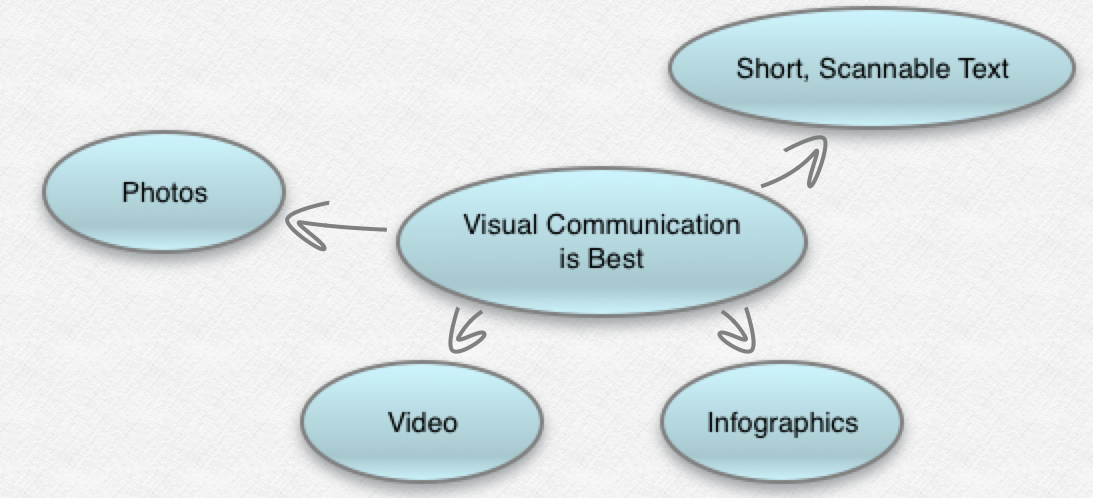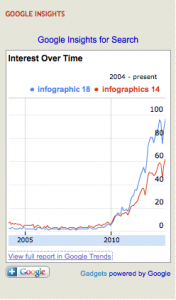Indications of the rising power of visual communication surround us as consumers and marketers. There are three basic reasons behind my (unfashionable) concern about the rise of visual communication: The very first semiotics lecture [2] I heard in school started with a warning along these lines: “You are about to learn the power to manipulate the minds of others. Do not dare use it for the purposes of evil or just to earn a quick buck. Use it to make the world a better place, or do not use it at all.” Now arguably, advertisers have long understood, and used, the power of signs and symbols for their own purposes. I detect no increase in the proportion of unprincipled advertisers, in fact, social media supports transparency and greater accountability for major brands. But awareness of brain science and human vulnerability to certain triggers extends beyond major brands now. What feels quite different to me is the potential use of direct appeals to our “limbic brains” as an everyday practice by those who are not subject to the public scrutiny and visibility of major brands. Whether or not communicators believe they are appealing to our limbic brains, many of them are using (or exploiting?) our natural vulnerability to storytelling. Storytelling can be a powerful tool for cause marketers, but I’m beginning to be concerned about how many stories we can absorb and respond to. If everything you see is full of appealing visuals, and little else, will you begin to lose the capability to think in other ways? [Check out this BRAIN POWER video: How are we Shaping our Brains? ] We know that communicators who seek positive social change often struggle to make complex issues accessible. Visual communication and storytelling can seem like communication silver bullets, but if everyone is doing it, how will you stand out? How will you hold the attention of those no longer able to focus longer than a few seconds? Action and behavior change are your ultimate goals, but first you need to garner attention and awareness — an increasing challenge when quick visuals are the norm. My final but perhaps greatest concern centers on the shallow thinking encouraged by the volume of visual-rich and text-short content on the Internet. Visual content snacking is the norm, and I want a solid mental meal. My bias as a word lover will be evident, but to me the pervasiveness of heavy visuals with short, scannable text sacrifices detail and context. Cause marketers, in particular, need to add context. I yearn for more substance (and footnotes). I agree with those who say “a footnote is ultimately a polite way of saying to your audience, ‘if you’re interested, follow me here.’” Links do not substitute for footnotes, and complex issues and behavior change do not lend themselves to the standard instant webpage scan. There is much that is positive about the rise in visual communication and my aim is not to be an alarmist. Although fear is better than being oblivious to danger, it’s otherwise not very helpful. So what’s a consumer or marketer to do about the onslaught of visual content? Two suggestions: What do you think about the rise of visual communication? Is there anything else that you’d add to this list and why? Resources Honda’s shoestring Pinterest campaign attracts millions [PRdaily]
Taking It All In: On Declining Attention Spans in Today’s Modern World [Media Monitors]
Longform journalism morphs in print as it finds a new home online [Poynter]
[2] Semiotics is the study of signs and symbols and their use or interpretation. Basis for Concern
Power abused?
Awareness saturation
Breadth versus depth
Fear or Hope?

[1] But as visual content becomes the new norm, I confess I’m beginning to find its rising dominance all but frightening personally, and professionally as well for the nonprofits, public agencies and triple bottom-line companies that Marketing Partners serves.



